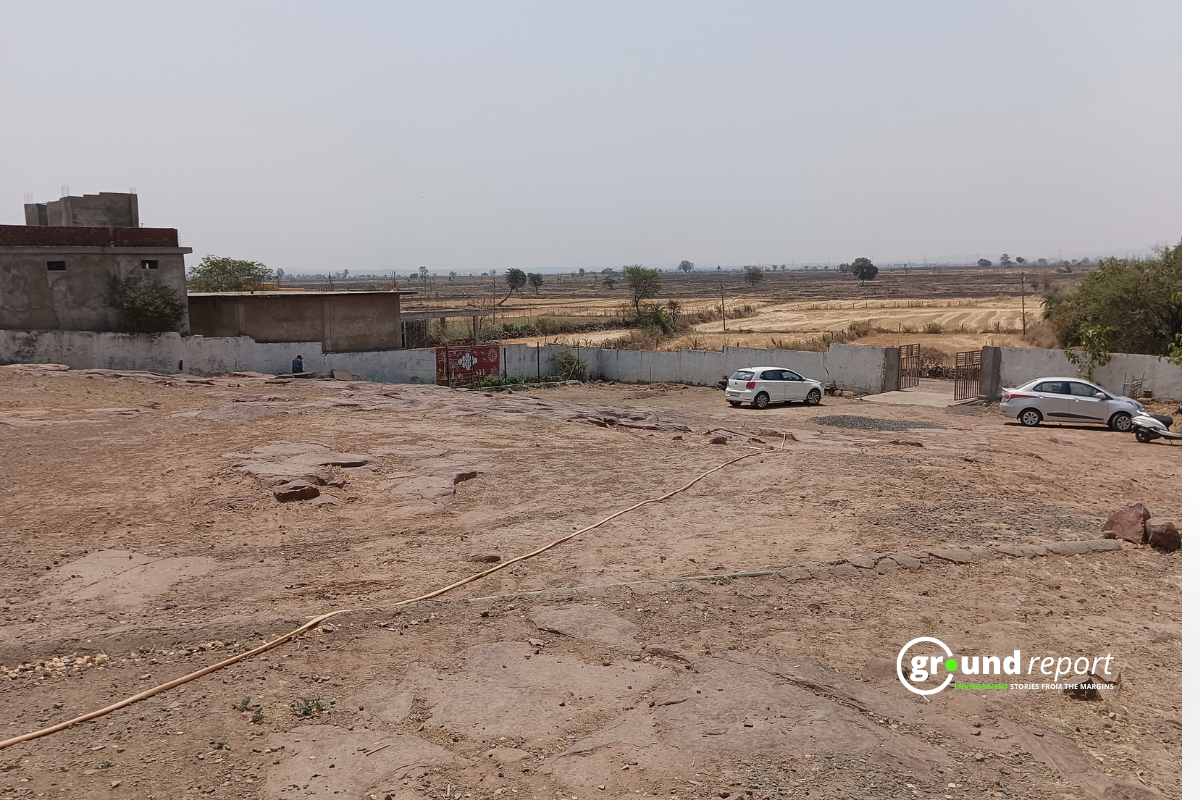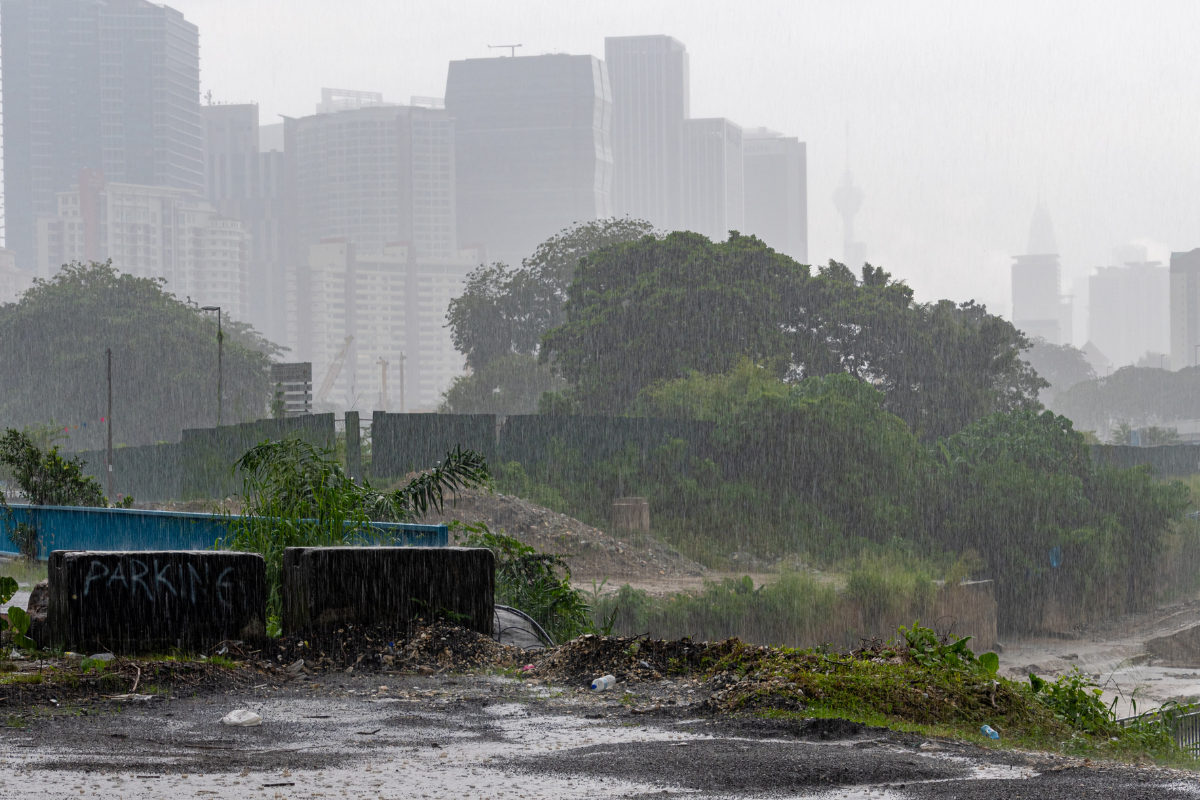Experts term active WDs as a reason for precipitation, J&K & Ladakh records access rainfall only by 20—59%
Amid worries by people in Jammu and Kashmir over cold and wet weather conditions, weather officials state that May 2023 has been recorded as the wettest of the months during the last decade, while the precipitation data shows no major changes during the last ten years.
However, with the prevailing weather conditions from the last few months in Jammu and Kashmir, and Ladakh, weather experts are attributing the rise in precipitation to the increasingly frequent impacts of the Western Disturbances —WDs.
Variable May month rainfall: WD impact
According to the Indian Meteorological Department—IMD officials at Srinagar weather station, the current wet weather patterns are emerging due to the stronger frequency and impact of Western Disturbances—WDs, while the Climate summary for the month of May 2023 shared by the—IMD and reviewed by the Ground Report says that the Jammu and Kashmir, and Ladakh has recorded an access rainfall only by 20—59% from 1-05-2023 to 31-05-2023.
Senior scientist and deputy director Meteorological Department Kashmir, Dr. Mukthar Ahmad told Ground Report that precipitation patterns are not only visible in Jammu and Kashmir and Ladakh but also in other northern parts of India, saying that barring the last few years the precipitation patterns have almost been similar in J&K.
“The precipitation recorded for May is not new, there has been rainfall during the last ten years as well which has been both low and high but this year it was slightly on the higher side. The reason for the higher precipitation is the impact and activeness of the WDs”, he said.
May 2023: highest rainfall in a decade
According to the data available with the Ground Report, May 2023 recorded the highest rainfall of 86 MM during the last ten years followed by 75.7 MM of rainfall in the similar month in 2019, while May 2018 recorded rainfall as low as 31.5 MM for district Srinagar.
The data reveals that Kokernag weather station this May has recorded 215 MM of rainfall, the highest during the last ten years, while a similar station last year in the same month recorded rainfall of 86.3 MM and 72.1 MM in 2021. May 2014 recorded a rainfall of 135.3 MM of rainfall.
Dr. Ahmad said that the intensity of the western disturbances has not only led to precipitation in Jammu and Kashmir but also in other parts of northern India like Punjab, Haryana, Uttar Pradesh, Rajasthan, and Uttrakhand.
“Due to the arrival of back-to-back active western disturbances there was a decline in the temperature which subsequently lead to the increase in the precipitation”, he added.
Notably, following the previous year’s warm weather patterns, people in Jammu and Kashmir were expecting a warmer summer season, however, the weather pattern this year in March, April, and May turned slightly to the colder side with thundershowers and gusty winds, lightening with thunders.
Rainfall patterns in J&K: varied results
According to the meteorologists at India Meteorological Department (IMD) at Srinagar station, seasonal rainfall from 01-03-2023 to 31-05-2023 for Jammu and Kashmir, five districts Kupwara, Budgam, Shopian, Kishtwar, and Kathua recorded a deficit in rainfall with departures ranging from -20 to -59 percent.
Similarly, the seasonal rainfall scenario for three districts of J&K, Poonch, Rajouri, and Samba recorded excess rainfall with departures ranging from 20 to 59 percent, while the remaining districts recorded normal rainfall with -19 to +19 percent.
According to the data winter capital of J&K, Jammu while recording 94 MM rainfall this year in May also registered the highest rainfall during the last ten years, while a similar month last year recorded 59.1 MM of rainfall. In May 2016 Jammu recorded rainfall of 8.1 MM, the lowest during the last decade.
According to the climate summary shared by the IMD, for the month of May 2023, during May 2023, India as a whole received 67.5 MM rainfall which is 10% more than its Long Period Average (LPA) of 61.4 mm based on data of 1971-2020.
The rainfall distribution percentage departure during May in India, among all the divisions, 17 sub-divisions received large excess, 3 received excess, 4 were normal, 9 deficient and 3 divisions received largely deficient rainfall of which Jammu and Kashmir recorded the excess rainfall with a range of 20-59 % only.
With the dry weather forecast, farmers advised
Meanwhile, the weather department on Sunday forecasted mainly dry weather, saying that there is no forecast of any major rainfall till 12th June with chances of thundershowers towards late afternoon at a few places and has further advised Farmers to carry all farm operations.
As per the daily weather bulletin, from June 5-12, the weather officials said mainly dry weather is expected but that chances of a brief spell of showers and thunderstorms mainly towards evening can’t be ruled out.
“Farmers are advised to carry all farm operations till the 12th. Start early morning as Rain May occur anytime in the evening. Stay Informed. Follow traffic advisories. People can plan outdoor activities this weekend and next week as the Risk of Rain is less”, states the weather advisory.
Meanwhile, weather parameters shared by the weather officials on Monday stated that Srinagar recorded 11.3°C, Pahalgam recorded 4.6°C, Gulmarg recorded 7.2°C and Jammu recorded 22.5°C against 21.0°C.
Keep Reading
Part 1: Cloudburst in Ganderbal’s Padabal village & unfulfilled promises
India braces for intense 2024 monsoon amid recent deadly weather trends
Support us to keep independent environmental journalism alive in India.
Follow Ground Report on X, Instagram and Facebook for environmental and underreported stories from the margins. Give us feedback on our email id greport2018@gmail.com.
Don’t forget to Subscribe to our weekly newsletter, Join our community on WhatsApp, and Follow our YouTube Channel for video stories.








